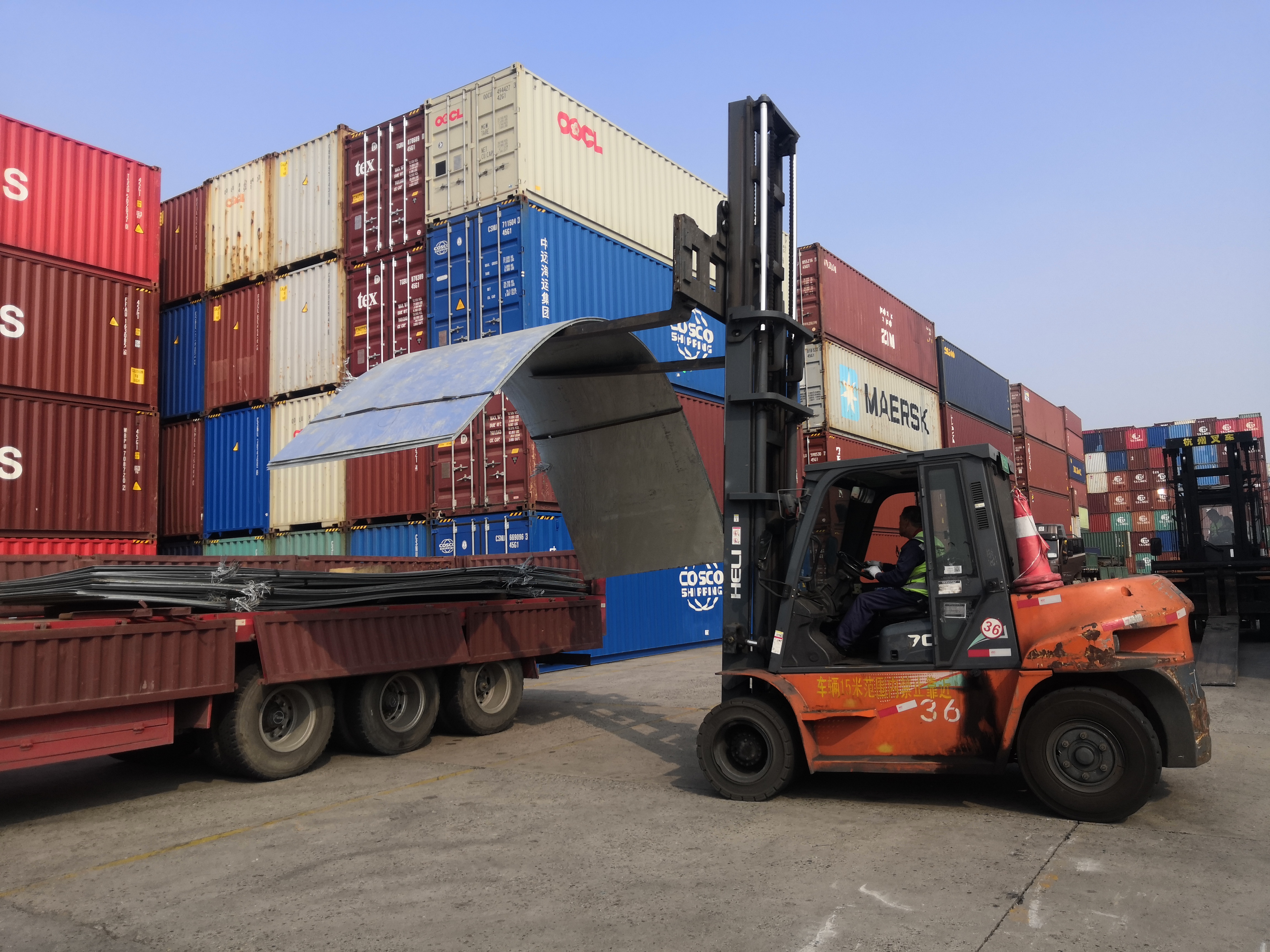Galvanized Steel Sheet Delivery – Royal Group


Galvanized Steel Sheet Delivery:
Galvanized steel sheets are an important part of modern construction.
They provide strength and durability to a variety of structures, and also provide protection against corrosion. However, due to its weight and size, the delivery process can be complicated. This guide provides an overview of the galvanized steel sheet order fulfillment process so customers can make informed decisions when purchasing these materials. The first step in any galvanized steel sheet order is deciding on the type needed for the project. Several types are available with different levels of corrosion resistance, including hot dip galvanized (HDG) and electroplated (EP). Customers should consider their budget and environmental factors, such as humidity and salt exposure, when making this decision. Once the type is chosen, it's time to determine the amount of material needed for the job. It is important to take scrap rates into account when calculating this amount, as some materials may need to be scrapped during the installation or manufacturing processes. Once an order is placed with a supplier, it is time to arrange the delivery service according to the needs and preferences of the customer. Some vendors offer drop shipping services where they deliver directly from your warehouse or factory, while others require third-party services, such as trucking companies or freight forwarders, who pick up the goods at one location and then transport them to another location by by land or sea, depending on the destination. requirements Customers should also consider transit times as well as additional costs associated with third party services before making a final decision! When ordering large quantities of galvanized steel sheets, there may also be special considerations regarding packaging requirements that require discussion between the customer/supplier prior to shipment; this includes things like the methods used by carriers, but can also include additional packaging materials such as strapping/foiling, etc. necessary in certain circumstances depending on the characteristics of the product and the mode of transport used (for example, air freight). Finally, once all the details have been discussed and agreed upon; the payment terms have not yet been finalized between the two parties; Vendors typically require payment in advance before goods are shipped, unless other terms specifically related to the purchase/sale agreement itself are negotiated in advance, even!